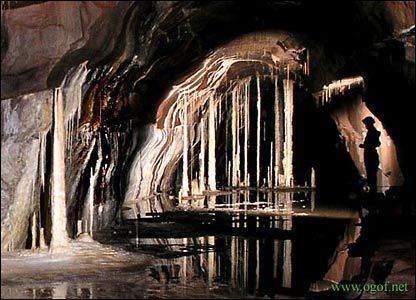Cave survey [1] Depth 274 m Entrance 3 | Entrances 3 Length 50,000 m | |
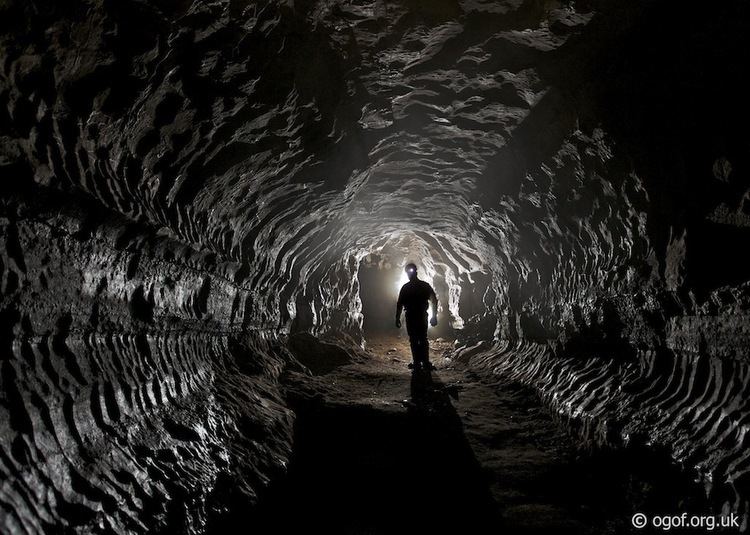 | ||
Access Ogof Ffynnon Ddu Management Committee - see South Wales Caving Club website for details Translation Cave of the Black Spring (Welsh) Similar Ogof Draenen, Otter Hole, Dan yr Ogof | ||
Ogof ffynnon ddu 1 a caving trip
Ogof Ffynnon Ddu (Welsh for Cave of the Black Spring), also known informally as OFD, is a cave under a hillside in the area surrounding Penwyllt in the Upper Swansea Valley in South Wales. It is the second longest cave in Wales and the deepest in the United Kingdom.
Contents
- Ogof ffynnon ddu 1 a caving trip
- Ogof ffynnon ddu ofd i black water caving full trip
- History
- The cave system
- References
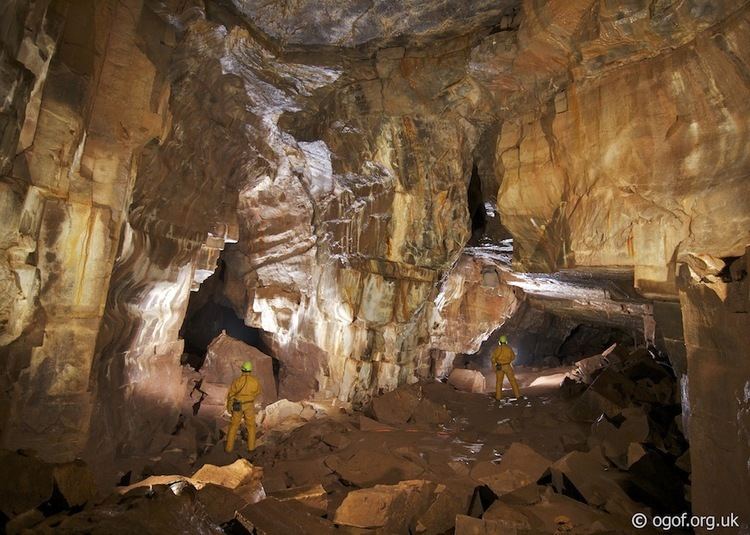
Ogof ffynnon ddu ofd i black water caving full trip
History
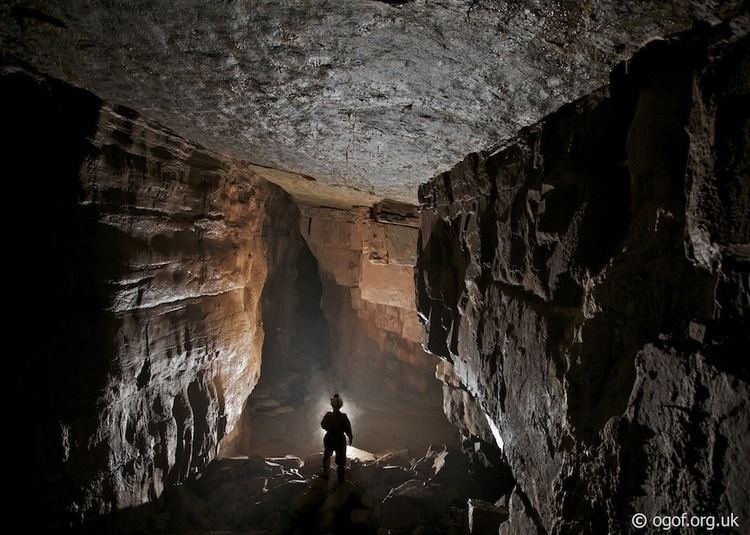
OFD was discovered in 1946 through digging by Peter Harvey and Ian Nixon, members of the newly formed South Wales Caving Club. Exploration beyond the Boulder Chamber in 1957 revealed passages as far as the Dip Sump. Major extensions were discovered in 1967 through to Cwm Dwr, which is now known as OFD2. The system is famous for its intricate maze-like structure and its impressive main stream passage.
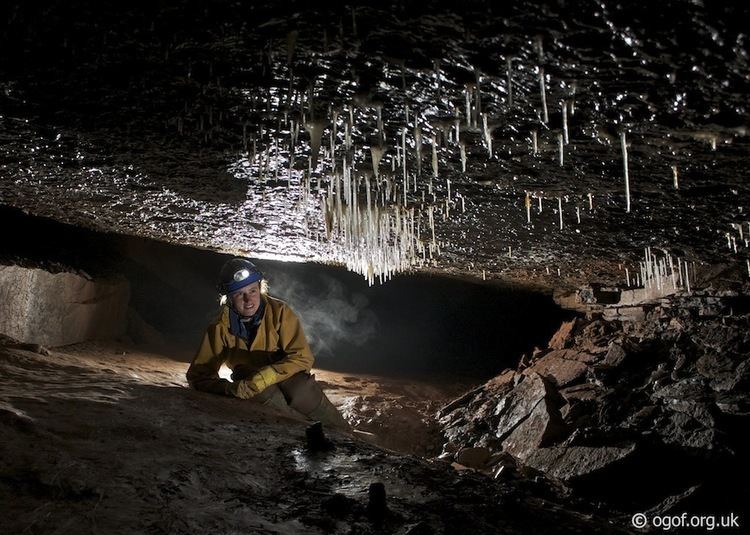
It is now part of the Ogof Ffynnon Ddu National Nature Reserve which includes the ruined remains of a former brickworks, including several kilns, quarry workings and tramroads tracks. The terrace of workers cottages is now occupied by the South Wales Caving Club.
The cave system
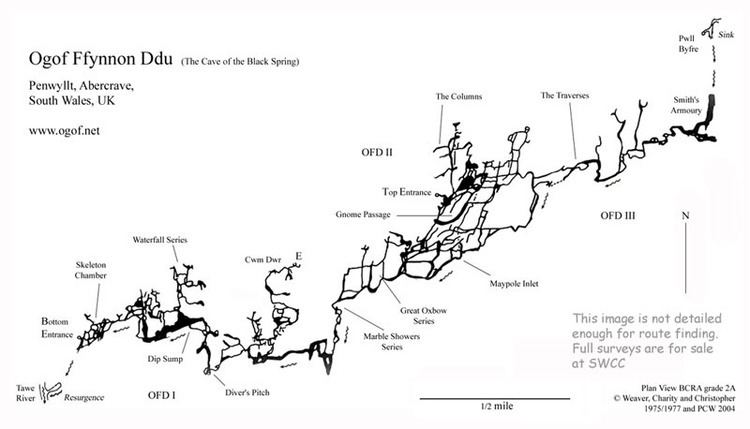
With a depth of 274 m (900 ft) and at least 50 kilometres (31 mi) long, it is the deepest cave in the UK and the second longest in Wales. One of the largest cave systems in Britain, the passages and chambers of Ogof Ffynnon Ddu weave a long and tortuous path beneath the east side of the Tawe Valley. The stream passage cuts through black limestone producing waterfalls, rapids, deep pot holes and scalloped walls. The system is divided into three parts, the lowermost (western) section is referred to as Ogof Ffynnon Ddu I (or simply OFDI), the central section as Ogof Ffynnon Ddu II (or OFDII) and the uppermost (eastern) section as Ogof Ffynnon Ddu I (or OFDIII).
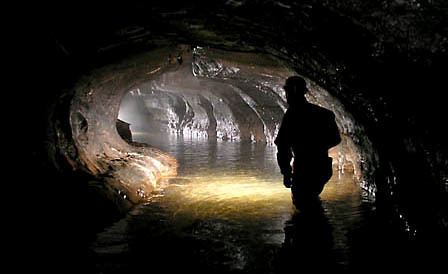
An assortment of specialised wildlife has developed underground including cave shrimps and the pale blanched trout endemic to pure underground fresh water courses with sufficient plankton. Deep cracks in the vast expanse of stony moorland above provide habitats to plant life, including the lily of the valley and wood anemone, and mossy saxifrage (Saxifraga hypnoides) grows on the limestone outcrops.
